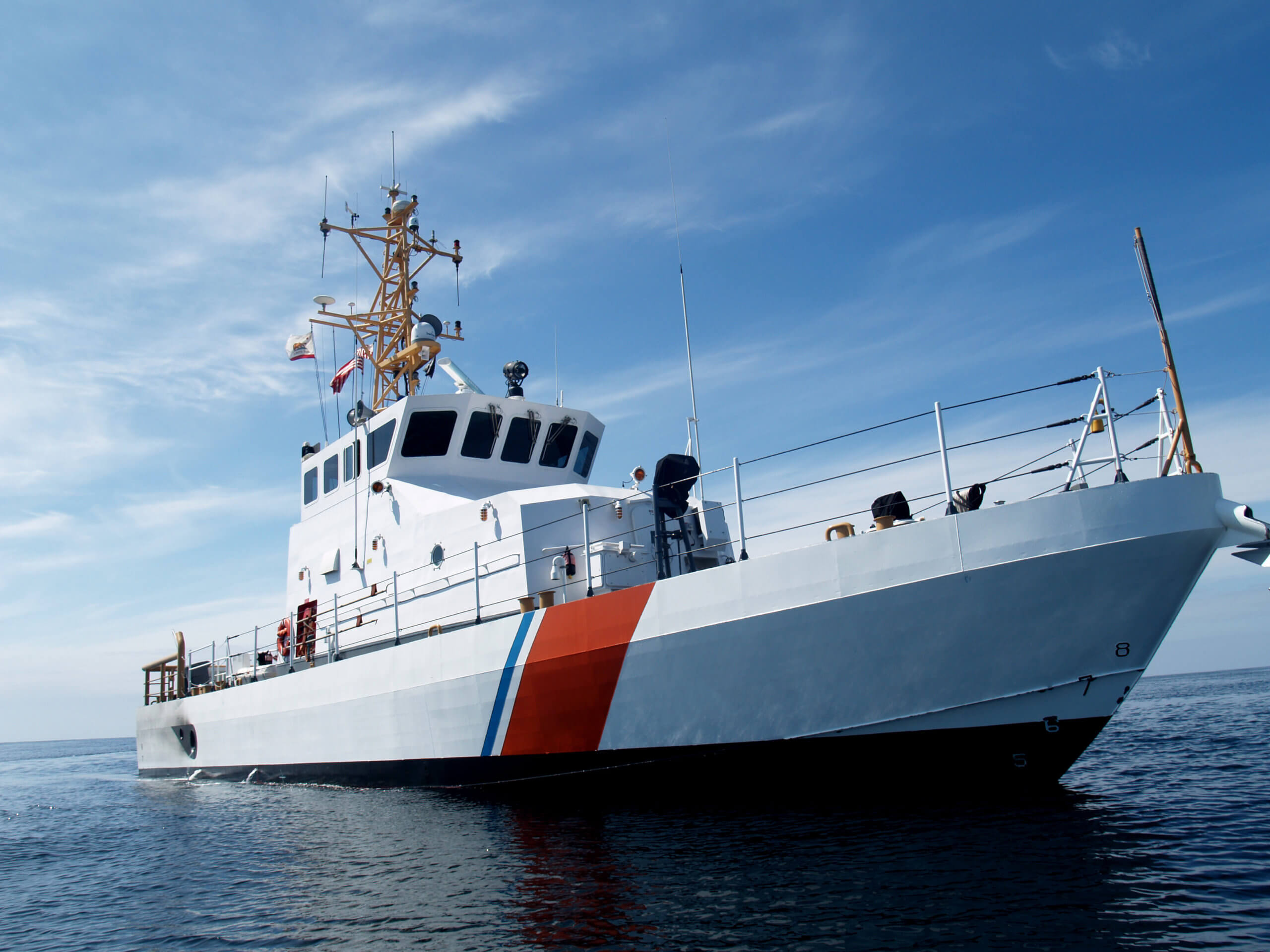Preventing A Collision At Sea, Part III

When I take young sailors out on the high seas, I usually challenge the group with the following: “If anybody can tell me where it is 50-degrees below zero within 10 miles of our location, I will give you this $20 bill.”
It isn’t quite Captain Ahab nailing the gold coin to the mast for the mate that sports the first white whale, but it does get them thinking. Half the time, some young-but-worldly traveler points straight up and says, “Up there, 10 miles!” and wins. The point of the exercise is to get them to conceptualize they are required to think about what is going on all around them — 360-degrees by 360-degrees. Rule 5 is all about that.
What Rule 5 says, and thus binds all skippers, is this: “Every vessel shall at all times maintain a proper lookout by sight and hearing, as well as by all available means appropriate in the prevailing circumstances and conditions so as to make a full appraisal of the situation and of the risk of collision.”
What does that all mean? Well, I’ve noted before that everyone in front of an admiralty board or court of inquiry is guilty just because there has been a collision (Rule 2 requires you to break all the rules if needed to avoid a collision — so you failed in at least one regard.) The board is there to apportion blame — even if the other skipper drove straight into you. It is never 100-0. Why?
“. . . shall AT ALL TIMES maintain a proper lookout . . . by ALL AVAILABLE MEANS . . .”
Have radar and didn’t turn it on? “Well, sir, it was a perfectly clear day. Visibility for both of us was fully to the horizon.”
Skipper, if you had had your radar on, you would have been able to determine the exact distance to the approaching vessel, a factor that you were in error on.
“It was foggy, sir, but I had both my crew and myself at the helm looking ahead, behind, and around.”
Did you have anyone on the bow? He might have heard the oars working the skiff ahead. He certainly would have seen the skiff before you were able to.
“Sir, I blew my whistle repeatedly. He didn’t respond.”
Did you try to hail the vessel ahead by radio?
How far does this pattern of thought go? In a 1984 court case — Granholm v. TFL Express — a single-handed yacht, Granholm, was run down from behind by the freighter TFL Express. The owner of the Granholm sued the Express for failing to maintain a proper lookout (Rule 5) and to give way to the overtaken vessel (Rule 13). The court agreed, but found the skipper of the Granholm equally at fault. He was sleeping, and thus had no lookout.
“The obligation to maintain a proper lookout falls upon vessels great and small, alike.”
But what of the single-hander who must sleep at some point? In fact, there is a widely-sanctioned group of single-handers who race around the world. In the three or more months they are at sea, they must be asleep for at least a month. The courts have ruled that the failure of the single-hander to maintain a proper and constant lookout is irresponsible in the context of Rule 5 AND Rule 2. In short, long, single-handed passages are by their very nature irresponsible and contrary to the International Regulations for Preventing Collisions at Sea (COLREGs), which govern us every time we leave the dock.
“Both in safety and in doubt, always keep a good lookout,” said Captain Eldrige.
If interested in becoming part of United States Coast Guard forces, email me at JoinUSCGAux@aol.com.



